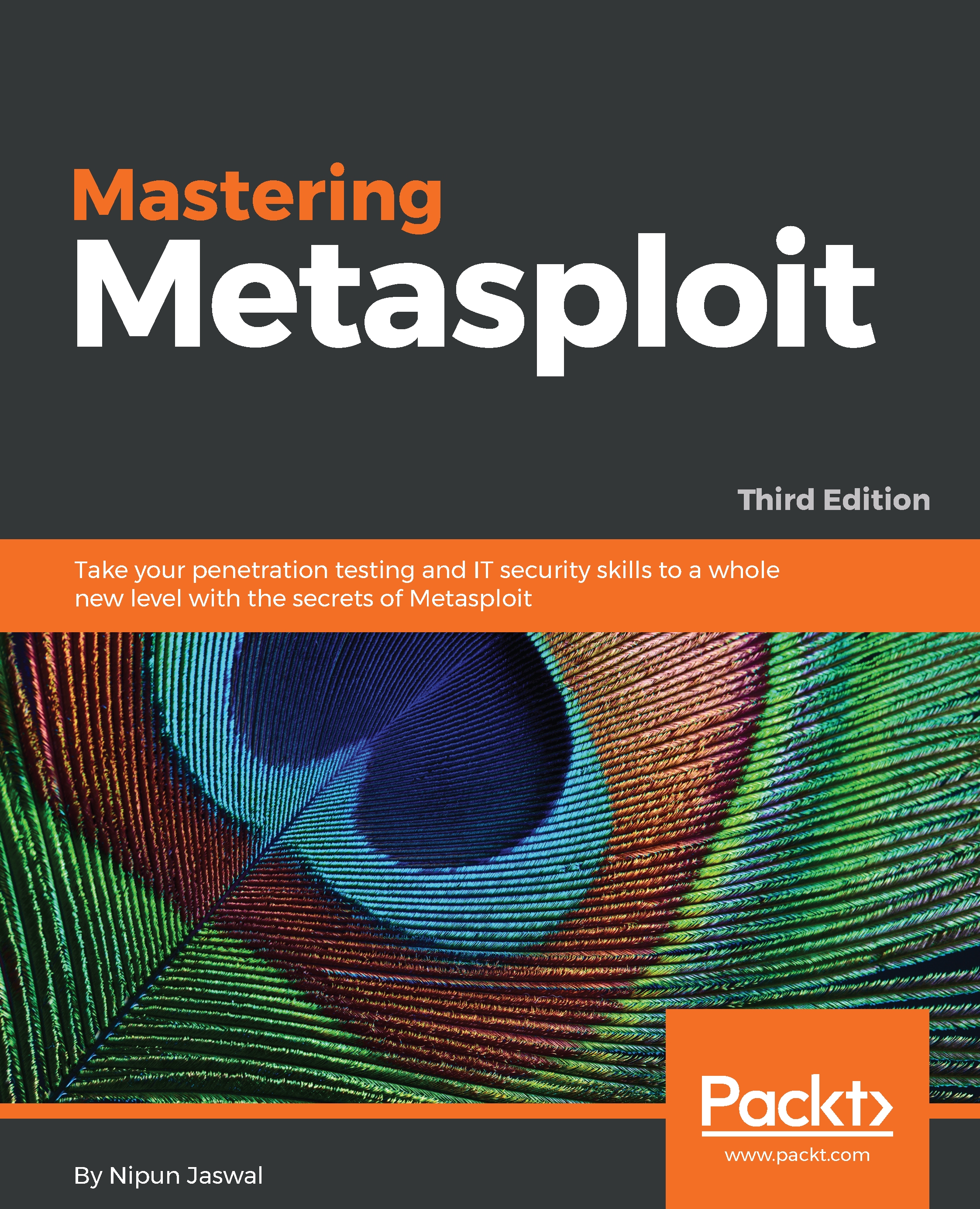Exception handlers are code modules that catch exceptions and errors generated during the execution of the program. This allows the program to continue execution instead of crashing. Windows operating systems have default exception handlers, and we see them generally when an application crashes and throws a pop-up that says XYZ program has encountered an error and needed to close. When the program generates an exception, the equivalent address of the catch code is loaded and called from the stack. However, if we somehow manage to overwrite the address in the stack for the catch code of the handler, we will be able to control the application. Let's see how things are arranged in a stack when an application is implemented with exception handlers:

In the preceding diagram, we can see that we have the address of the catch...



